How the Kitchen Triangle Works
L-Shaped Kitchen
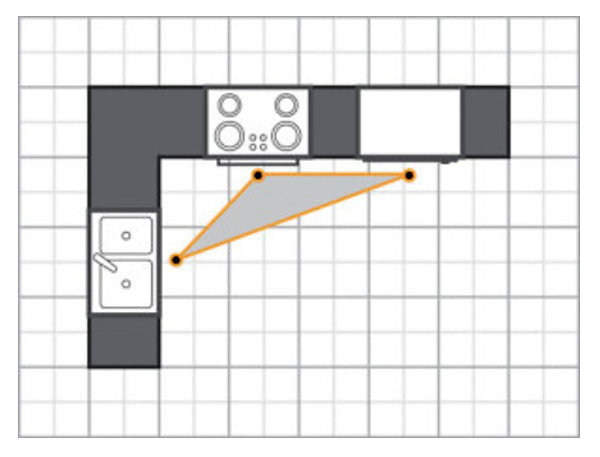
A kitchen with two usable walls at right angles to each other can have cabinets and/or appliances on that side of the room. This corner can be outside the main traffic flow paths if the door location permits. This plan requires a corner cabinet set (base and wall).
U-Shaped Kitchen
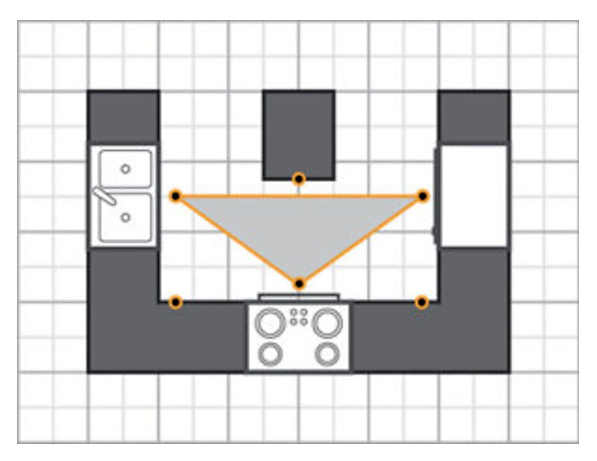
These kitchens have cabinets and/or appliances on three sides of the room. This layout can also be outside the main traffic flow paths, depending on where the doors to the room are placed. This plan requires multiple corner cabinet sets (base and wall).
G-Shaped Kitchen
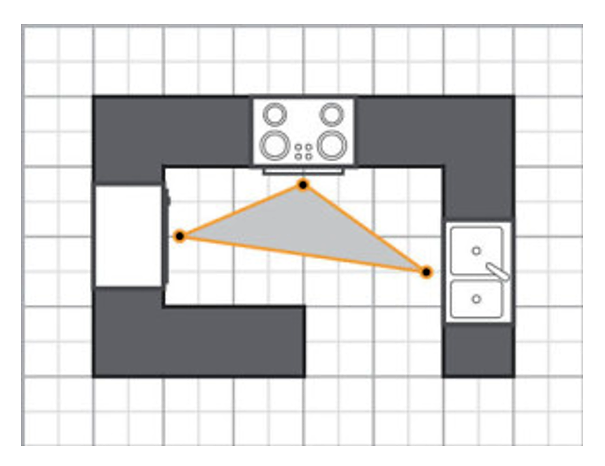
These kitchens are similar to the U-shaped, but adds a partial “fourth” wall or peninsula, increasing the overall area for more cabinets, storage and countertop space (base and wall).
Galley Kitchen
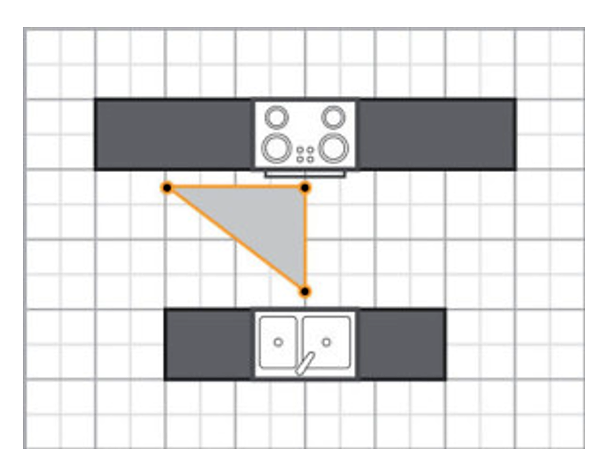
Two parallel walls give you a galley kitchen — an efficient and economical layout (especially for a single cook) with the possible drawback of traffic flow through the work triangle. There are no corner cabinets in this layout.
Single-Wall Kitchen
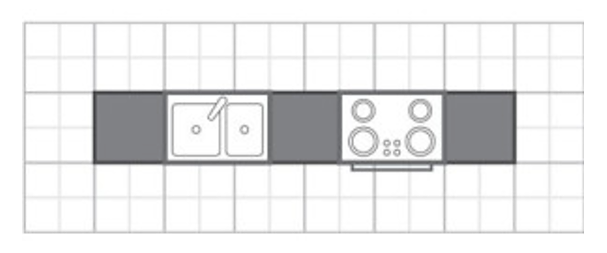
The simplest kitchen layout is laid out along a single wall. There are no corner cabinets necessary in this layout.
Other Kitchen additions:
Island
If the kitchen is large enough, a center island can be added to any of these basic shapes to improve work flow, protect the work area from traffic, and add storage and counter space. As a freestanding working station it can incorporate a sink, a cooktop, or both, depending on the size.
Peninsula
If the kitchen is large enough along one wall, a peninsula can be added to improve work flow, protect the work area from traffic, and add storage and counter space. Peninsulas can be room dividers and serve also as a breakfast bar or buffet area, similar to an island but attached to the rest of the kitchen and without the need of as much space.